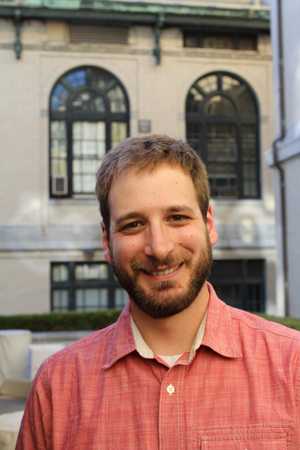Today, we are happy to bring you our conversation with Andrew S. Ramey, author of Saving the Chesapeake: The History of a Movement
What inspired you to write this book?
I grew up near the Potomac River in Maryland and I was lucky enough to spend a lot of time outdoors as a kid. While this book is a product of much academic research and writing, it is also a deeply personal project inspired by my experiences exploring the woods and streams of my childhood. Many of those places were transformed by suburban sprawl, so I was driven to study the Chesapeake’s environmental history both by love for the natural world and sadness over its destruction. I wanted to write this book because the Chesapeake’s history shows that even though there will be some losses, it is both possible and necessary to find a way to protect and coexist with the places we care about.
What did you learn and what are you hoping readers will learn from your book?
The most important thing I learned from researching and writing this book is just how many amazing people were (and are) part of the movement to save the Chesapeake. It is an honor and a privilege to share their stories, but it is also a little bit intimidating! The book covers a roughly 50-year time period, and over the course of those decades there were so many people who made a difference, from presidents and senators to scientists and environmentalists, but I hope the book makes it clear to readers that that anyone and everyone can help save the Bay. The movement’s greatest successes did not happen because of one visionary leader, but because people demanded that their leaders response to the Bay’s crises. I think there is an enduring lesson in that.
What surprised you the most in the process of writing your book?
One of the most compelling parts of the Chesapeake’s environmental history is that political support for the Bay has been surprisingly bipartisan. In our current political climate, Democrats are the pro-environment party, but at least in the Chesapeake region, there is a longstanding tradition of Republican and Democratic support for the Bay. Prominent local Republicans and Democrats helped create the Chesapeake Bay Foundation, the Bay’s biggest champion in Congress was Senator Charles Mathias, a Maryland Republican, and state legislators from both sides of the aisle were instrumental in forming the Chesapeake Bay Commission. The examples go on and on, and one of the most hopeful conclusions of the book is that the current levels of polarization and toxic partisanship are a recent development and not a permanent feature of our political system.
What’s your favorite anecdote from your book?
This is really hard because there are so many good stories in the book! I’d like to highlight Jess Malcolm, the Chesapeake Bay Foundation’s first executive director. Malcolm was in many respects CBF’s forgotten founder. He only lasted a little over three years with the organization, but he played a pivotal role getting the group off the ground and winning some early environmental battles. I only learned about him because of records preserved in the University of Maryland’s Special Collections. Writing about Malcolm’s contributions as one of the Bay restoration movement’s unsung heroes was especially meaningful for me because discovering lost or forgotten historical actors like Malcolm and sharing their stories is one of the most rewarding parts of being a historian.
What’s next?
I’m a big believer that history can and should inform public policy. The Bay restoration movement is at a pivotal juncture and I hope that this book will be of some value to the current generation of policymakers and activists working to save the Bay. I’m looking forward to talking about the book and trying to make some connections between past and present. As I say in the book, the Chesapeake is such a tremendous research subject, this is only the tip of the iceberg. I hope that one of the things that will come next is that more people will be interested in studying and saving the Bay, because there is a lot of work still left to do.





